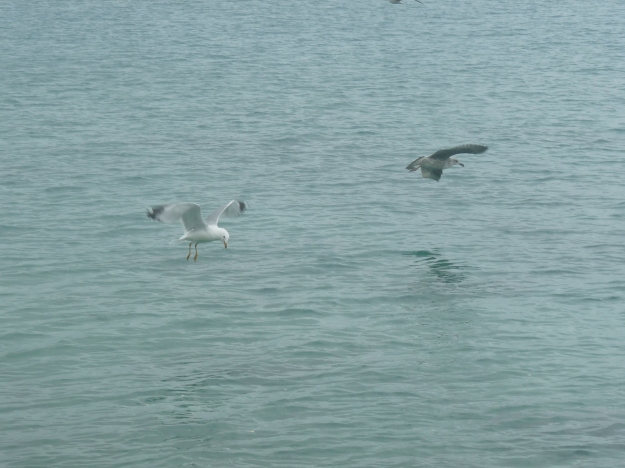Yesterday morning over breakfast I came across the live webcam feed from the Cahow nest on Nonsuch Island. A comment beneath said that “anytime soon” a chick was expected to hatch. So for half an hour or so I watched the non-moving-is-it-really-live image and finally gave up to busy myself with housework (the cleaner is due this week). Of course I missed it, the actual birth, as I learned this morning when I tuned in. It isn’t the first birth I have missed – at medical school in year 1 we were assigned a pregnant mother with the expectation we would be around for the delivery and subsequent parenting challenges, but my “mother” must have changed her mind about the whole viewing idea, before she met me I hasten to add, and I similarly learned of the new arrival one day too late. By the end of med school I had seen enough deliveries to be able to hold back the tears, at least to see enough to be able to catch the baby, but I have never seen a Cahow chick hatch and will now probably have to wait until next year. Actually I have never seen a Cahow – thought I did once when a greyish plumpish bird flew across Harrington Sound but then I learned that the adult birds are nocturnal so I had probably just seen a juvenile tern.
The Cahow is much talked about in local conservation groups, rediscovered sometime in the 1950s after presumed extinction it is now protected to the extent it has its own island where people rarely tread. According to history when the first people found themselves on Bermuda in 1609 the Cahow was so plentiful as to provide regular suppers for months:
A kinde of webbe-footed Fowle there is, of the bignesse of an English greene Plover, or Sea-Meawe, which all the Summer we saw not, and in the darkest nights of November and December (for in the night they onely feed) they would come forth, but not flye farre from home, and hovering in the ayre, and over the Sea, made a strange hollow and harsh howling. They call it of the cry which it maketh, a Cohow.
The quote comes from William Strachey’s account of the shipwreck in 1609. In 1901 a professor from Yale University questioned the veracity of the species, suggesting a petrel doesn’t actually taste very nice. David Wingate has written more comprehensively about the cahow and its rediscovery, his knowledge based on breeding and habits of the bird rather than taste!
Being so very short sighted I was never attracted to bird watching – they are mainly black specks in the sky looking as far as I can tell exactly like a small child’s depiction of a bird, a slightly curved v-shape. But when we sit on our dock in the late afternoon, perhaps feeding the fish, the birds have taken to arriving in hopeful swoops, close enough that even I can see some detail.
Rather like the flowers in the previous post, I need some help in identifying them. I do know that none of them are Cahows!
Photos by HCL, taken on a rather grey day over Harrington Sound.














Some kind of gull? (similar to the juvenile speckledy ones harangue people in Gloucester regularly)
LikeLike